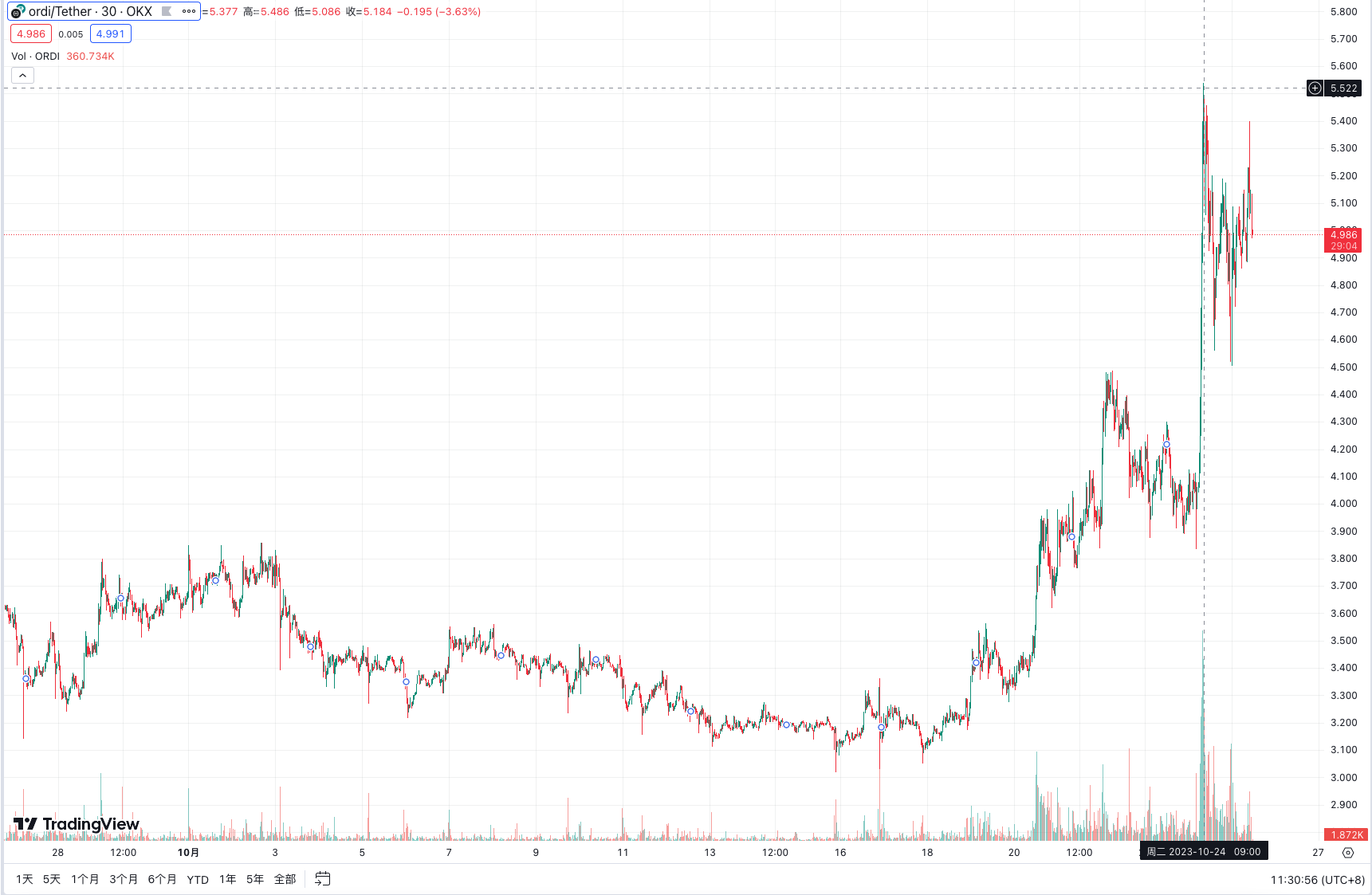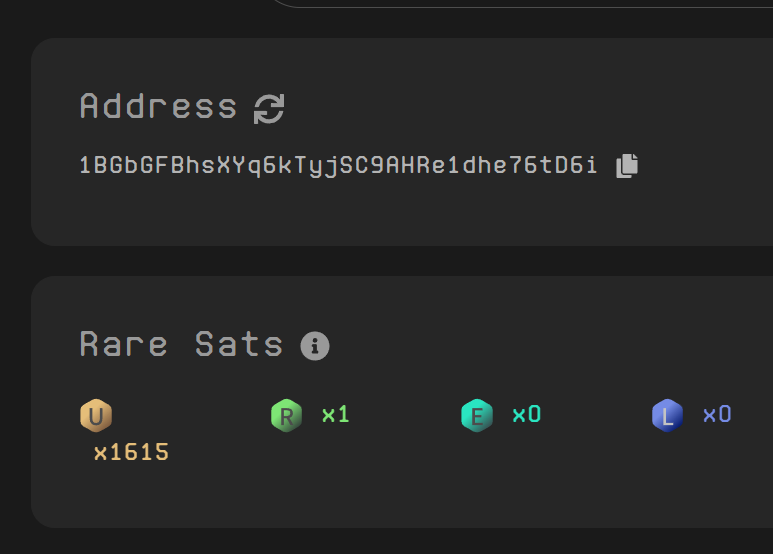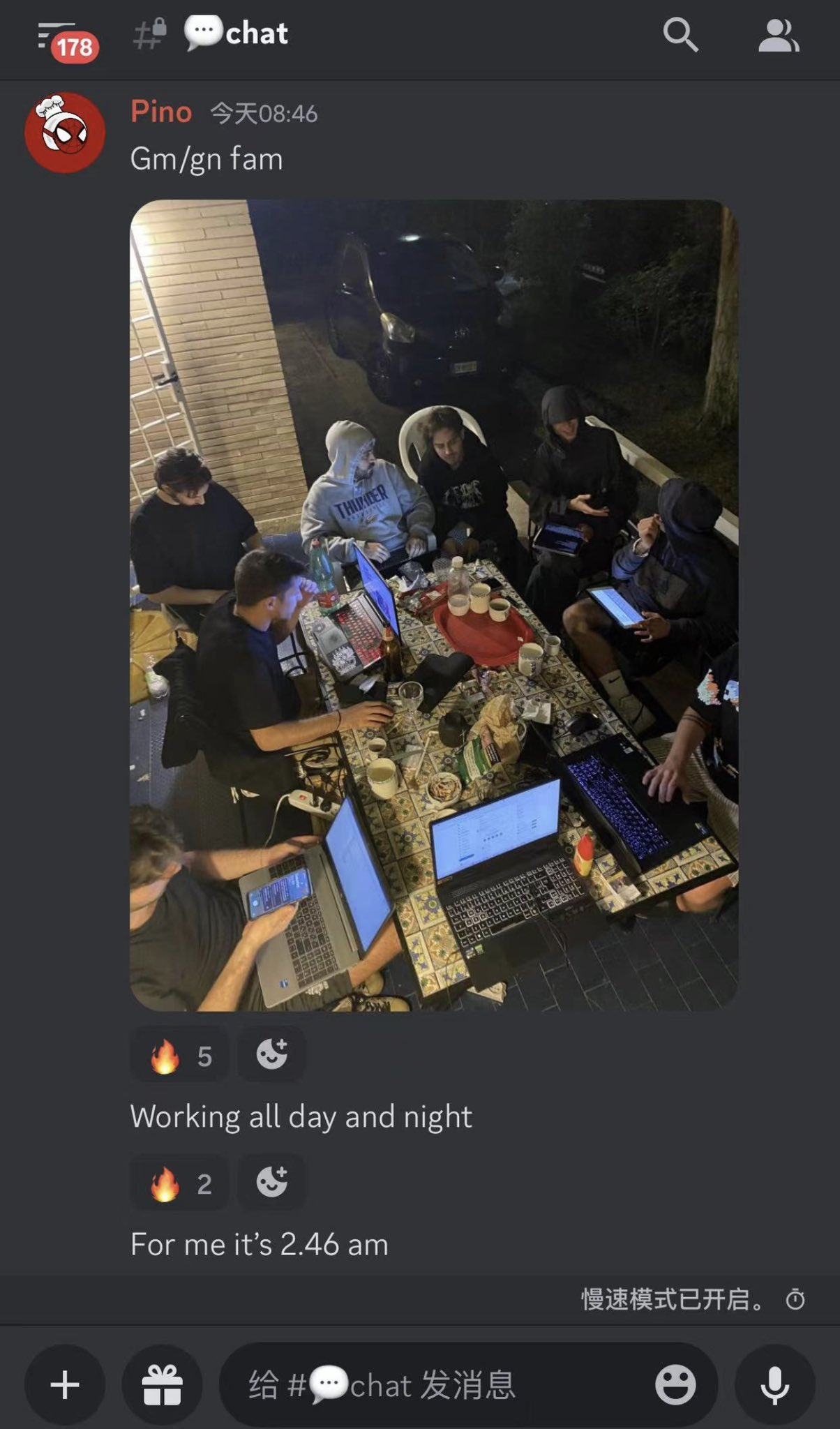BRC20 upgrade BRC100, $odri governance empowerment, what has happened in the ecosystem after Bitcoin returned to thirty thousand dollars?
Author: Joyce, BlockBeats
Editor: Jaleel, BlockBeats
Since the beginning of this year, the Bitcoin ecosystem and narrative have become lively as the price of BTC has gradually risen. In the past two weeks, Bitcoin's price reached a new high in 18 months, breaking the $35,000 mark yesterday.
The rise of Bitcoin has spilled over into BRC20 and Ordinals, exciting the long-repressed Bitcoin ecosystem community, and naturally, the prices have risen as well. Taking the most representative ORDI as an example, it saw a maximum increase of 30% in October.

Batch Minting, Inscription Numbering Returns to URL, Ordinals' "Largest Update Ever"
On October 24, Ordinals creator Casey Rodarmor merged the v0.10.0 update into the Ordinals code, which has been hailed by the community as the "largest update ever." According to developers @raphjaph and founders @SanjFomojis, @rodarmor, BlockBeats has identified several important features of this update: batch minting, adding metadata, inscription numbering endpoint, and remote minting commands.

Batch minting utilizes a new pointer field, allowing multiple inscriptions to be efficiently minted in a single transaction. The principle of batch minting is to place all inscriptions into the same input and specify where they should be minted in the output. Community creators can use this feature by creating a file named "batch.yaml."
Adding metadata introduces a metadata field in inscriptions, allowing any type of additional information to be included. Users can specify a meta-protocol in the inscription, build anything, and help indexers distinguish between different protocols.
The inscription numbering endpoint allows visitors to access inscriptions by number in the URL. Remote minting commands will mint assets on Ordinals and send the corresponding ETH NFT to a remote minting address for minting. Among these, batch minting is the most noteworthy feature, regarded by community developers as "the most powerful feature in the updated version," as it will lower the minting costs of recursive inscriptions. Recursive inscriptions, unlocked during the Ordinals update in June this year, allow inscriptions to interact with each other to achieve new use cases, effectively leveraging the composability of the Ordinals protocol.
Additionally, the new feature "allowing visitors to access inscriptions by number in the URL" has also excited the community. In the previous "inscription numbering variability" dispute, Casey Rodarmor had hoped that inscription numbering would no longer be used in URLs, but this idea posed a risk of undermining the meaning of inscriptions, leading to strong opposition from the community. Ultimately, Casey compromised with the community's opinion, and inscription numbering became an important inscription identifier recognized by the community.
Related reading: 《Ordinals "Inscription Numbering" Variability Dispute: Preserve Culture or Develop Technology?》
Interestingly, in a tweet celebrating the ability to once again access corresponding NFTs through inscription numbering in URLs, Casey's retweet seemed to carry a hint of helplessness and lingering feelings, stating, "We ultimately knelt."

Bitcoin Idealist or Time Traveler? Eight Years Ago, Someone Was Collecting Rare Satoshis
The basic unit of Bitcoin is the satoshi, with each Bitcoin consisting of one hundred million satoshis. Since each satoshi can be tracked and transferred, and the scarcity and uniqueness of satoshis can be determined by ordinal theorists, satoshis have taken on special significance.
On January 21, 2023, Bitcoin developer Casey Rodarmor launched the Ordinal protocol, providing unique numbering for satoshis, leading to a new way to play—speculating on rare satoshis.
Related reading: 《Rare Satoshis: The Next Wave of Speculation Narrative After BRC20, Are You Prepared?》
Thus, speculating on rare satoshis is a game that started this year, and on October 23, Twitter user @TO discovered a Bitcoin wallet from 2014 that contained 1,616 satoshis, of which 1,615 were rare satoshis. This means that the wallet's owner had separated satoshis from UTXOs nine years before the ordinal theory was introduced.


A rare probability of "1615/1616," combined with the time point eight years ago, can only be described as "surprising" and "magical."

Rare satoshis emerged as a concept after the ordinal theory, making it difficult to understand how the owner of this wallet was consciously "extracting" rare satoshis eight years ago.
The community has dubbed this lucky individual a "time traveler," quietly collecting over the years, experiencing multiple ups and downs in Bitcoin, and when the Ordinals protocol was born and "rare satoshis" were discovered, the collection preferences of this wallet owner suddenly gained community-recognized value, adding a footnote to the community's faith in Bitcoin.
BRC-69 New Gameplay, Ordibots 3D Series Launch
OrdiBots founder @RAF_BTC tweeted on the morning of the 24th, announcing that the new series Ordibots 3D would be launched randomly.
This new 3D series release uses the BRC-69 standard, which enables the realization of complete 3D assets on-chain. BRC-69 was created by Luminex Launchpad and uses a technology called recursive inscriptions to optimize up to 90% of block space usage.
Since its launch in July, BRC-69 has attracted significant attention from the community. Through "recursive inscriptions," minters only need to input text without uploading image files to present the final image on all "Bitcoin NFTs." Based on this, the size of inscriptions will not be limited by the 4MB Bitcoin block size.
@RAF_BTC created a video in the tweet announcing Ordibots 3D, showcasing the first NFT series OrdiBots released in May this year via Generative BRC-721, where each 3D OrdiBot pushes open the doors of static NFT images one after another.

At that time, Generative BRC-721 significantly reduced the costs for project parties and users in issuing and minting NFTs by "only uploading features and then combining them," but that was just the beginning; BRC-69 has provided the Ordinals ecosystem with even greater imaginative space.
Proposal to Govern BRC20 with $ordi
KOL 0xWizard (@0xcryptowizard) proposed a governance proposal, stating that as the first and most widely accepted BRC20 asset, $ordi has been recognized as the Native Token of the BRC20 protocol. With an increasing number of proposals regarding BRC20, there is a need for a governance mechanism and penalty mechanism to avoid centralized indexers from acting maliciously. Therefore, 0xWizard proposed the idea of $ordi as a governance token, allowing community participants to vote on future proposals for BRC20. Indexers need to stake $ordi for indexing while earning corresponding ecological fees (such as various ecological transaction fees in the future). If errors/malicious results occur, the staked $ordi of the indexer will be forfeited.

Community members expressed their thoughts: "The only way for $ordi is to serve as the governance token for BRC20, empowering $ordi while opening up the future expansion of BRC20. Unfortunately, after $ordi has come so far, no one can fully take over. If a few months ago @domodata had united several powerful exchanges to form a DAO for the BRC20 protocol and started decentralized indexing, both BRC20 and ordinals would have developed better than now. This is clearly a governance strategy; why is no one pushing it forward?"
OrdiBots and DogePunks founder @RAF_BTC expressed full agreement with this proposal: "However, it is clear that such measures should not become a speculative method. If a balance can be found, this is a very good suggestion."
Ordinals Native DeFi? The Upgraded Version BRC-100
BRC-20, ordinal theory, and other Bitcoin-based protocols have brought a lot of imaginative space for the development of the Bitcoin ecosystem through the "on-chain declaration, off-chain computation" mechanism. However, the development of decentralized applications such as DeFi in the Bitcoin ecosystem still lags behind.
On October 19, the BRC-100 index went live on the official website. According to developer @MikaelBTC, BRC-100 is built on Ordinals and introduces protocol inheritance, application nesting, state machine models, and decentralized governance, bringing computational capabilities to the Bitcoin blockchain, making it possible to build Bitcoin-native decentralized applications such as AMM DEX and lending.
In other words, the BRC-100 protocol is not just a token protocol but an application protocol designed through UTXO and state machine models, protocol inheritance, application nesting, and built-in decentralized governance, allowing for the design of decentralized, trustless, censorship-resistant, and permissionless applications such as DeFi, SocialFi, and GameFi.
In the developer's vision, BRC-100 has a wealth of use cases. On October 25, the Layer 1 Foundation, established by BRC-20 founder domo, released an introduction to BRC-100, and with domo's endorsement, BRC-100 has become a hot topic of interest in the community today.

Hundredfold Returns? PIPE Developers Live Coding
Ordinals founder Casey Rodarmor has always opposed BRC20, and on September 26, he proposed a new protocol called Runes based on the Bitcoin network, which would serve as a potential alternative to BRC20. Casey Rodarmor stated that alternative token protocols like Runes would not leave a large amount of "garbage UTXO" on the Bitcoin network.

After Casey proposed the Runes protocol, some interesting developments have occurred recently. Benny, the founder of Trac, upgraded it to another protocol called PIPE, and more developers have joined, with rapid development and deployment of the minting platform already completed.
In the community's view, PIPE is the first token after the concept of Runes was proposed and the first token of the PIPE protocol, holding dual significance, even being compared to $ordi in BRC20. PIPE is seen as another hot narrative in the BTC ecosystem following ATOM, with minting in September requiring only $0.125, while now it has risen to $100 each.
Interestingly, the PIPE ecological team even live-streamed the coding of the PIPE wallet online.











